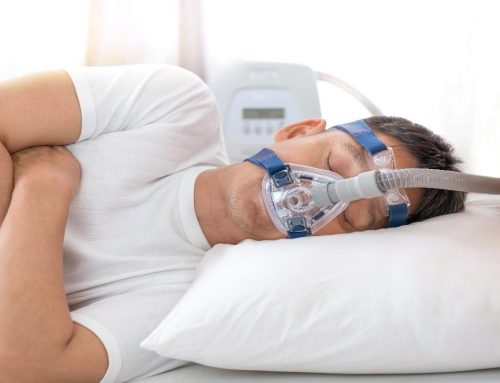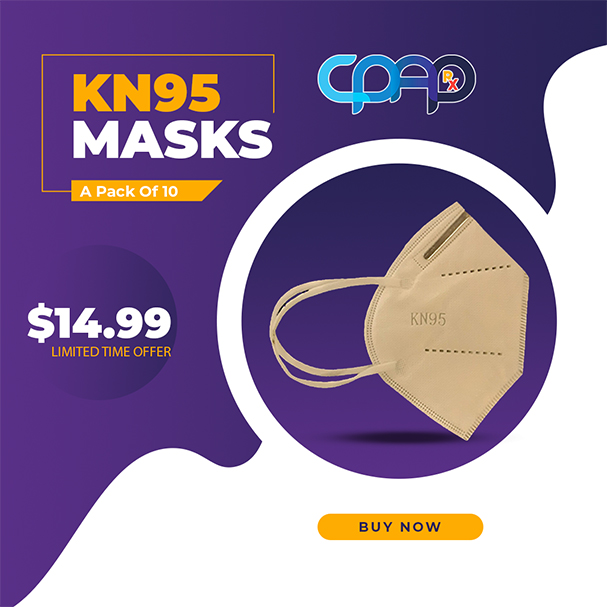Table of Contents
- CPAP Problems and Solutions
- Nasal Mask and Air Coming Out of my Mouth at Night
- CPAP Machine Making Noise When Inhaling
- CPAP Treatment Is Causing a Runny Nose, Blocked Nose or Sneezing
- Taking Mask While Asleep
- An Irritating Tube
- Feeling Uncomfortable with the Pressure of the Machine
- Too Cold Air That Disrupts Your Sleep
- Finding it Hard to Get a Good Seal
- Air Leaking Out of the Mask, Which Irritates Your Eyes
- Getting Sores Where the Mask Is Rubbing
- Resources and References:
CPAP Problems and Solutions

If you are having problems with your CPAP, here are some solutions to try. If this does not fix it, get in touch with your sleep clinic or contact BestCPAPCleaner
Nasal Mask and Air Coming Out of my Mouth at Night
Attempt altering your sleeping position or the number and position of your pillows.
If that does not work, ask your sleep clinic for:
- a humidifier to moisten your airway or
- a chin strap to aid keep your mouth closed or
- a full-face mask to cover your nose and mouth
CPAP Machine Making Noise When Inhaling
- Check if the noise is coming from the mask – it may require re-fitting or re-assembling
- Put the device in a box or cupboard – this is fine as long as there is room for air to circulate
- Attempt wearing earplugs
CPAP Treatment Is Causing a Runny Nose, Blocked Nose or Sneezing
- Go to your sleep hospital to see if there is a medical reason
- The device’s cool air can irritate your nasal lining and give you a runny nose or sneeze. This usually settles down after a week or so. If not, try a nasal spray or ask your sleep clinic.
Taking Mask While Asleep
- You might be waking up to some extent, which may indicate your pressure is not quite high enough. Ask your sleep clinic
- Use plasters or surgical tape to stop you taking off the mask until you are used to it
An Irritating Tube
- Tie some string or wool around the tubes and hook it onto the wall above the bed
- Put the tubing under your pillow
Feeling Uncomfortable with the Pressure of the Machine

- Attempt switching it off and removing the mask for a few minutes. Clear your nose if you need to before putting the mask back and switching on the device
- Try using CPAP during the day for a short time while you are relaxing to help your body adjust
- Use the ramp set to surge the air pressure gradually
Too Cold Air That Disrupts Your Sleep
This can make your nose, mouth, or throat feel dry. You can:
- attempt heating the room
- attempt adding moisture to the room by placing a tray of water above your radiator
- attempt keeping the tube warm – under your bedclothes or your pillow
- ask your sleep doctor for a heated humidifier
Finding it Hard to Get a Good Seal
- Remember to adjust the mask with the CPAP machine turned off. Lift the mask off your face, let it settle again and ensure the cushion is not distorted
- Attempt adjusting the straps
- Ensure your mask and pillow are not worn or torn
- Your mask may not be the right size for you, or you may want a different type – ask your sleep clinic
Air Leaking Out of the Mask, Which Irritates Your Eyes
- The mask might be too tight. If so, the cushion would not work as well as it should
- The mask might be too small or too large
- The cushion may need replacement – ask your sleep clinic
- The mask may not be fitted properly – check it’s not upside down
Getting Sores Where the Mask Is Rubbing
- A bit of tenderness on the bridge of your nose is popular when you first start on CPAP
- Your mask may be too tight, so attempt loosening the straps. This could be because the cushion is no longer working and require replacing, or it could be because the mask is too big for you
- Utilize a cream to ease soreness
- Ask your sleep clinic for guidance if the pain remains or worsens or loosen the straps and get a leak




 Shop
Shop



